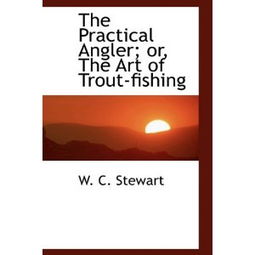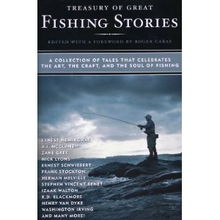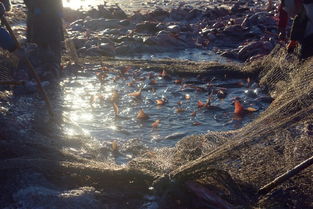Content:
Introduction: Catching perch, a popular freshwater fish, can be a thrilling and rewarding experience for both beginners and experienced anglers. Perch are known for their tasty flesh and can be found in various bodies of water across the globe. Whether you are a novice angler or looking to improve your skills, this article will provide you with essential techniques to help you catch more perch. In this guide, we will cover everything from selecting the right equipment to mastering the art of lure fishing and fly fishing for perch.
Choosing the Right Equipment
1 Rod and Reel: When it comes to perch fishing, a medium-light to light-action rod is ideal. This type of rod is sensitive enough to detect light bites and allows for precise casting. A spinning reel is the most commonly used reel for perch fishing, as it is versatile and easy to handle.
2 Line: For perch fishing, a monofilament line with a breaking strength of 4 to 6 pounds is sufficient. This line is strong enough to handle perch, yet sensitive enough to detect subtle bites.
3 Lures and Baits: Perch are known to be opportunistic feeders and can be caught on a variety of lures and baits. Some popular options include: a. Jigs: Jigs are versatile lures that can be used in various conditions. They come in various shapes, sizes, and colors, making them a great choice for perch fishing. b. Soft plastics: Soft plastics, such as grubs and worms, are excellent for imitating real insects and small fish. They can be rigged on a hook or used with a Texas rig. c. Live bait: Live bait, such as worms, leeches, and minnows, can be highly effective for perch. These baits are especially useful when perch are feeding on natural prey.
Understanding Perch Behavior
1 Feeding Patterns: Perch are most active during dawn and dusk, as this is when they are most likely to feed. However, they can also be caught during the day, especially on overcast or windy days. Understanding their feeding patterns can help you choose the best times to fish.

2 Habitat: Perch are often found in shallow waters with plenty of structure, such as weeds, rocks, and logs. These areas provide cover and food sources for perch. Identifying these habitats is crucial for successful perch fishing.
Techniques for Catching Perch
1 Lure Fishing: Lure fishing is a popular method for catching perch. Here are some tips to help you master this technique: a. Cast your lure towards structure, such as weeds or rocks, and retrieve it slowly. b. Vary your retrieve speed and cadence to mimic the natural movement of prey. c. Pay attention to the rod tip for any sudden movements or taps, which indicate a perch bite.
2 Fly Fishing: Fly fishing can be an enjoyable and effective way to catch perch. Here are some tips for fly fishing for perch: a. Choose a fly rod with a fast action and a floating line. b. Use flies that resemble small fish, insects, or other prey items. c. Cast your fly towards structure and let it sink to the desired depth before retrieving it with a slow, steady motion.
Best Practices for Novice Anglers
1 Start with Simple Techniques: As a beginner, it is essential to start with simple techniques and gradually progress to more complex methods. This will help you build confidence and improve your skills.
2 Practice Patience: Perch fishing can sometimes be slow, so it is crucial to practice patience. Stay focused and keep trying, as the reward of catching a perch can be well worth the wait.
3 Learn from Others: Joining a fishing club or attending fishing workshops can provide you with valuable tips and insights from experienced anglers. Learning from others can help you improve your perch fishing skills.
Conclusion: Catching perch can be a fulfilling experience for新手 anglers. By understanding perch behavior, choosing the right equipment, and mastering the art of lure fishing and fly fishing, you can increase your chances of success. Remember to practice patience, stay focused, and learn from others to improve your skills. Happy fishing!












